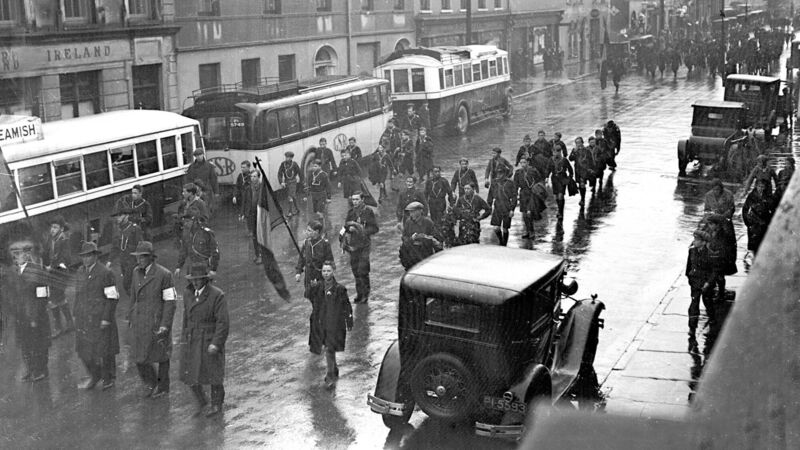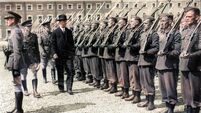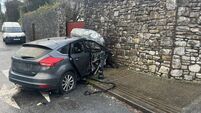Remembering all of Cork's War of Independence fatalities, and the bitter Treaty debates

A 1935 Battle of Clonmult commemoration in Midleton, Co Cork. The emphasis has been on republican casualties — such as the IRA men who died in Clonmult, including those killed after surrendering — but research is ongoing into other fatalities, including civilians. Picture: Irish Examiner Archive
Death, of course, provides the most quantifiable measure of extreme violence. Between 1919 and 1921, fatalities were noted by the military protagonists, in state records, by relatives of the victims, in burial records, and by local and national newspapers, so most conflict-related fatalities can be successfully identified in a host of available sources.
















